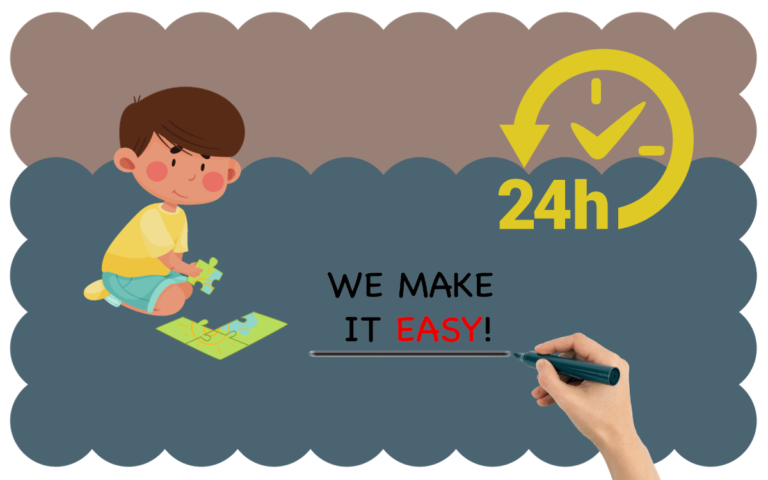The Importance of Hands-On Learning in Child Education in 2024
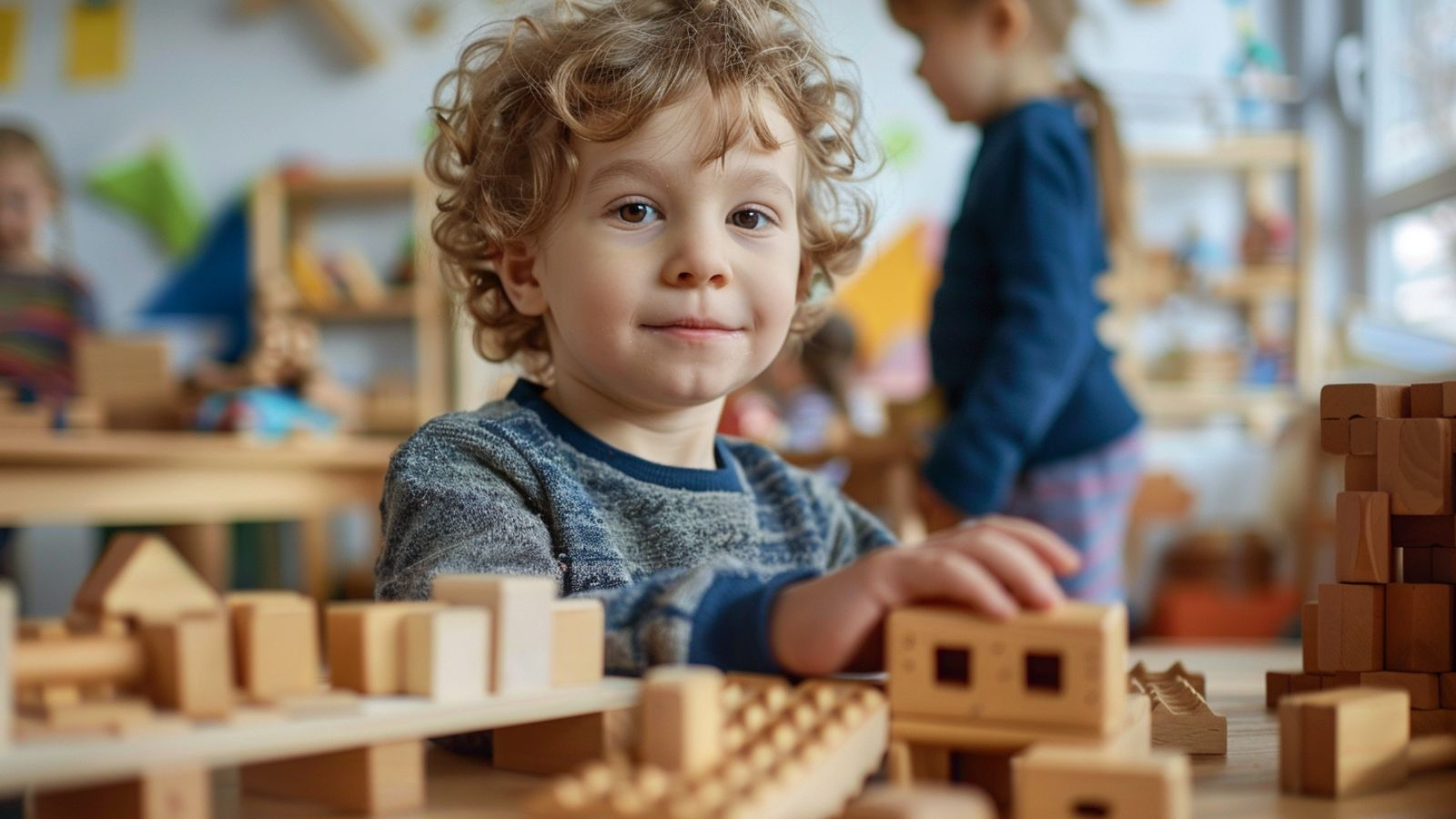
As a parent or educator, have you ever wondered why some children seem to grasp concepts effortlessly while others struggle to retain information?
The answer may lie in the way they learn. Each child is unique, with their preferred learning style – visual, auditory, or even kinesthetic learning. That’s why incorporating hands-on learning experiences into a child’s education can be a game-changer. Through this practical approach, children can engage all their senses, fostering a deeper understanding and retention of knowledge.
Key Takeaway – Hands-On Learning in Child Education
- Hands-on learning engages multiple senses, promoting better understanding, problem-solving skills, creativity, and a love for learning in children.
- It caters to different learning styles, especially benefiting kinesthetic learners, and enhances knowledge retention and comprehension.
- Parents and teachers should incorporate hands-on learning experiences at home and in the classroom, balancing with traditional teaching methods.
Understanding Hands-On Learning
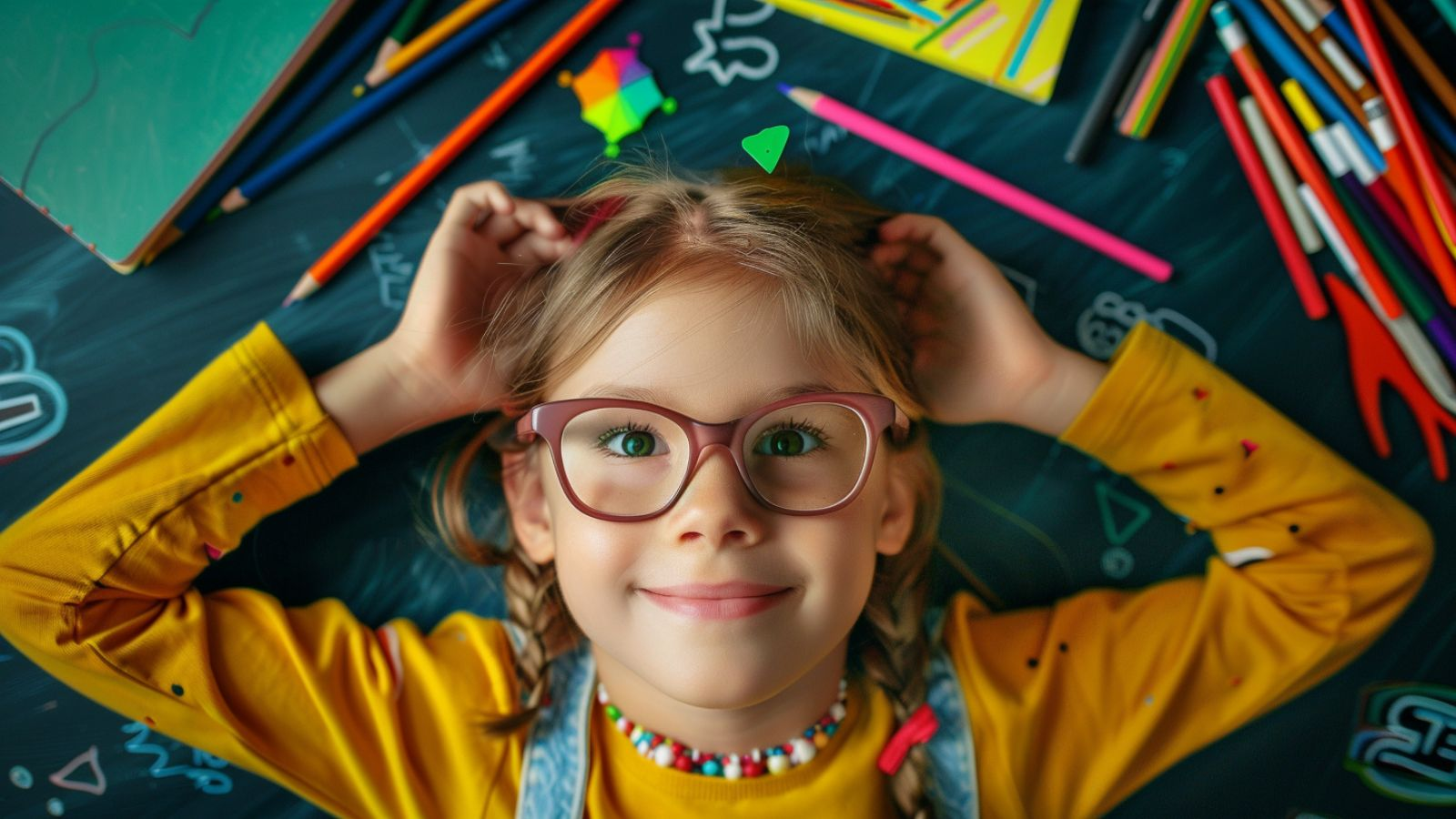
What is hands-on learning?
Hands-on learning, also known as experiential learning or learning by doing, is an educational approach that actively involves students in the learning process. Instead of passively listening to lectures or reading textbooks, children participate in hands-on activities, experiments, and projects that allow them to explore, discover, and apply concepts practically and engagingly.
Different learning styles (visual, auditory, kinesthetic)
Every child has a unique learning style and method that works best for them. While some children thrive as visual learners, absorbing information through images, diagrams, and videos, others excel as auditory learners, learning best through listening and verbal instructions. However, many children are kinesthetic learners who learn most effectively through hands-on experiences, movement, and tactile exploration.
Example: Visual learners may benefit from seeing diagrams or watching videos of their learning process. Auditory learners may thrive when they can listen to explanations or discussions. Kinesthetic learners often learn best by physically manipulating materials or acting out concepts.
The role of experiential learning and learning by doing
Experiential learning and learning by doing are central to the hands-on approach. Children can connect abstract concepts to real-world situations by actively engaging in activities and experiments, making the learning experience more meaningful and memorable. This practical approach allows them to explore, manipulate, and create, reinforcing their understanding and encouraging problem-solving skills.
How hands-on learning encourages active engagement
Hands-on learning promotes more active learning engagement, which is crucial for young learners. Children actively involved in learning are more likely to stay focused, motivated, and excited about learning. They become more engaged by physically manipulating materials and participating in activities, fostering a deeper understanding and retention.
Benefits of Hands-On Learning for Children

Develops problem-solving skills
One of the most significant benefits of hands-on learning is its ability to develop problem-solving skills in children. Through hands-on activities and experiments, children encounter challenges solving problems that require them to think critically, analyze situations, and devise solutions. This process helps them develop essential problem-solving skills that will serve them well throughout their academic and professional lives.
Example: In a hands-on science experiment, children may need to troubleshoot and find solutions when their initial hypothesis doesn’t work out, fostering problem-solving skills.
Promotes creativity and innovation
Hands-on learning encourages creativity and innovation by allowing children to explore, experiment, and think outside the box. When children can manipulate materials and create their projects, they tap into their natural curiosity and imagination. This fosters creative thinking, essential for innovation and success in our rapidly changing world.
Example: An art project where children create sculptures using recycled materials encourages them to think creatively and develop innovative designs.
Fosters engagement and motivation
Children are naturally curious and energetic, and hands-on learning taps into these innate qualities. By actively participating in learning, children are likelier to stay engaged and motivated. When kids learn and can see the tangible results of their efforts, they develop a sense of accomplishment and a desire to learn more.
Example: When children can build a model of a historic structure they’re learning about, they are likelier to stay engaged and motivated in the lesson.
Enhances knowledge retention and understanding
Hands-on learning facilitates knowledge retention and understanding by engaging multiple senses simultaneously. When children can see, touch, and manipulate objects related to their learning concepts, the information becomes more concrete and memorable. This multisensory approach creates stronger neural connections in the brain, leading to better retention and deeper understanding.
Example: Learning about plant growth by planting seeds, caring for them, and observing the process can lead to better retention and understanding than just reading about it in a book.
Encourages exploration and discovery
One of the most captivating aspects of hands-on learning is the opportunity for exploration and discovery. By making mistakes and allowing children to experiment, make mistakes, and learn from their experiences, they develop a sense of curiosity and a love for learning. This discovery process reinforces concepts and fosters a lifelong passion for knowledge and personal growth.
Example: Allowing children to explore the school garden or a nearby nature trail can spark their curiosity and lead to discoveries about the natural world.
Implementing Hands-On Learning in the Classroom
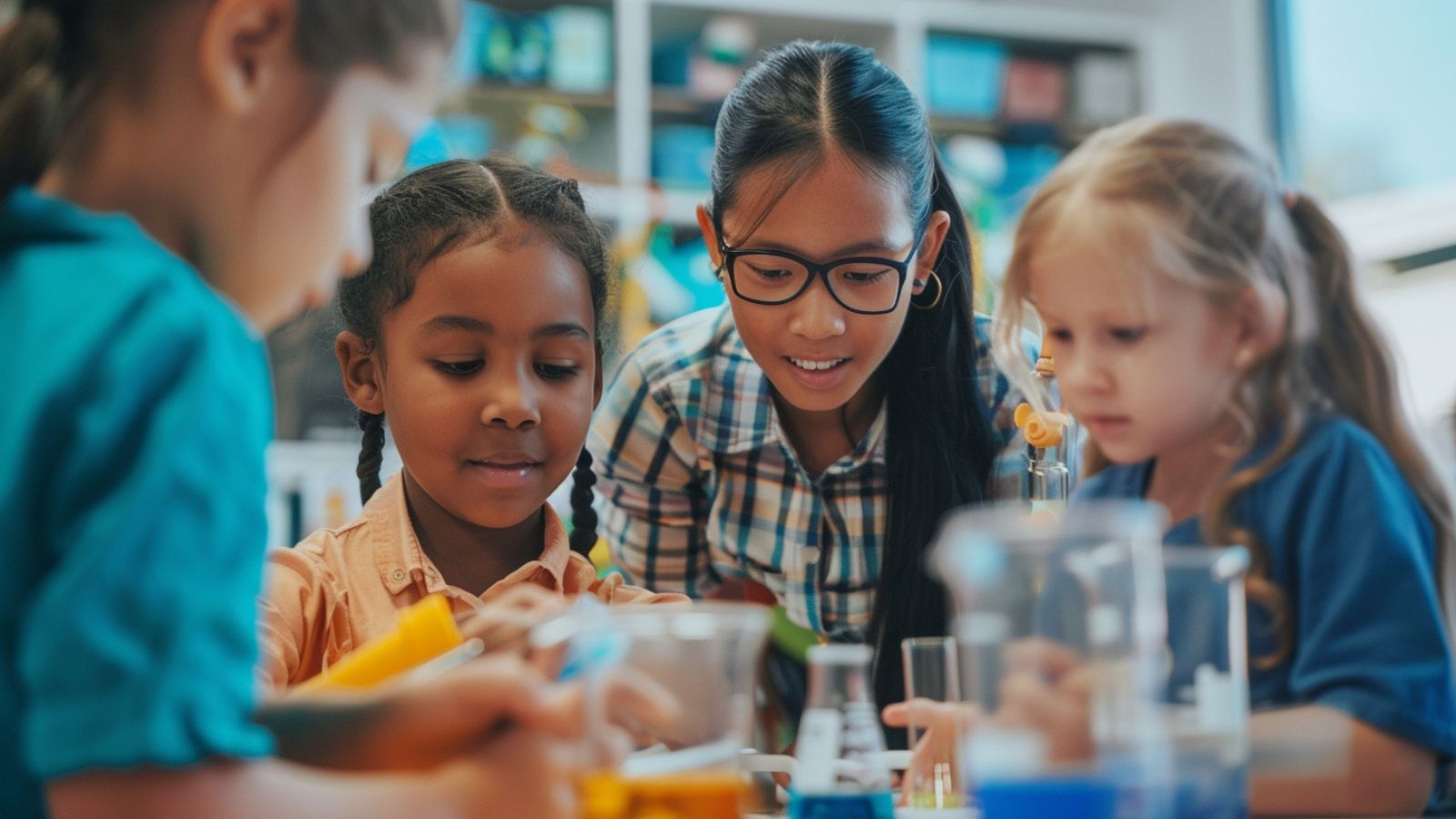
Examples of hands-on learning activities
Hands-on learning can be incorporated into various subjects and disciplines. Here are some examples of engaging in hands-on activities:
Science experiments
Conducting simple experiments to explore scientific principles, such as growing plants, building circuits, or observing chemical reactions.
Art projects
Creating art using different mediums and techniques, such as painting, sculpting, or collaging.
Scavenger hunts
Engaging in treasure hunts or scavenger hunts to explore the classroom, school, or neighborhood while learning about specific concepts or topics.
Building and construction activities
Constructing structures or models using materials like blocks, Legos, or recycled materials to teach or understand concepts in engineering, architecture, or design.
Cooking and baking
Introducing math, science, and cultural concepts to kids through hands-on cooking and baking activities.
Creating a hands-on learning environment
An environment that facilitates exploration and discovery is essential to maximize the benefits of hands-on learning. This may involve setting up classroom learning stations or activity centers, providing ample materials and resources, and encouraging curiosity and experimentation.
Incorporating hands-on learning into different subjects
While hands-on learning is often associated with science and art, it can be integrated into various subjects, including math, language arts, social studies, and more. For example, in math, children can use manipulatives to understand addition, subtraction, and fractions. They can create stories or plays and act them out in language arts. In social studies, they can explore different cultures through cooking, crafts, or simulations.
The Role of Parents and Teachers
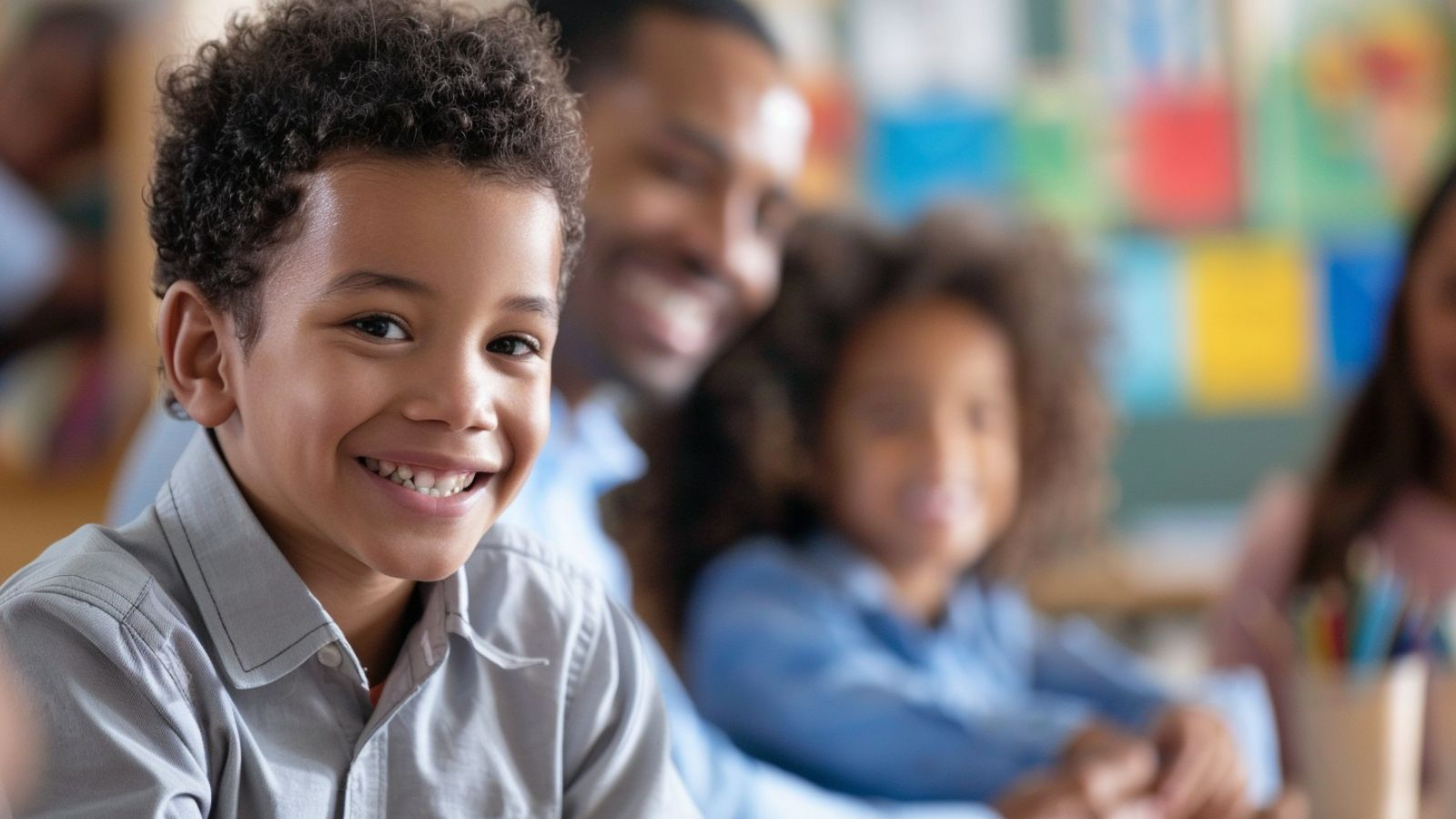
What can parents do to encourage hands-on learning at home?
Parents play a crucial role in fostering hands-on learning experiences for their children. Here are some ways parents can encourage hands-on learning by doing kids at home:
Providing materials and resources
Gather materials like art supplies, building blocks, science kits, and recycled items that children can use for hands-on activities and explorations.
Engaging in hands-on activities
Participate in hands-on activities with your children, such as cooking, gardening, or DIY projects. This practice not only promotes learning but also strengthens the parent-child bond.
Encouraging free play and exploration
Allow young children ample time for unstructured play and exploration, where they can discover, create, and learn through their curiosity and imagination.
How teachers can incorporate hands-on learning in the classroom
Teachers are essential in creating a hands-on experience, full-on learning environment in the classroom. Here are some strategies teachers can employ:
Lesson planning and curriculum design
Intentionally incorporate hands-on activities and projects into lesson plans and curriculum design, aligning them with learning objectives and standards.
Classroom management strategies
Develop effective classroom management strategies to ensure a safe and organized environment for hands-on learning activities.
Assessment and evaluation methods
Explore alternative assessment methods for skill such, such as project-based assessments, portfolios, or performance-based evaluations, to accurately measure the knowledge and skills gained through hands-on learning experiences.
Overcoming Challenges and Misconceptions
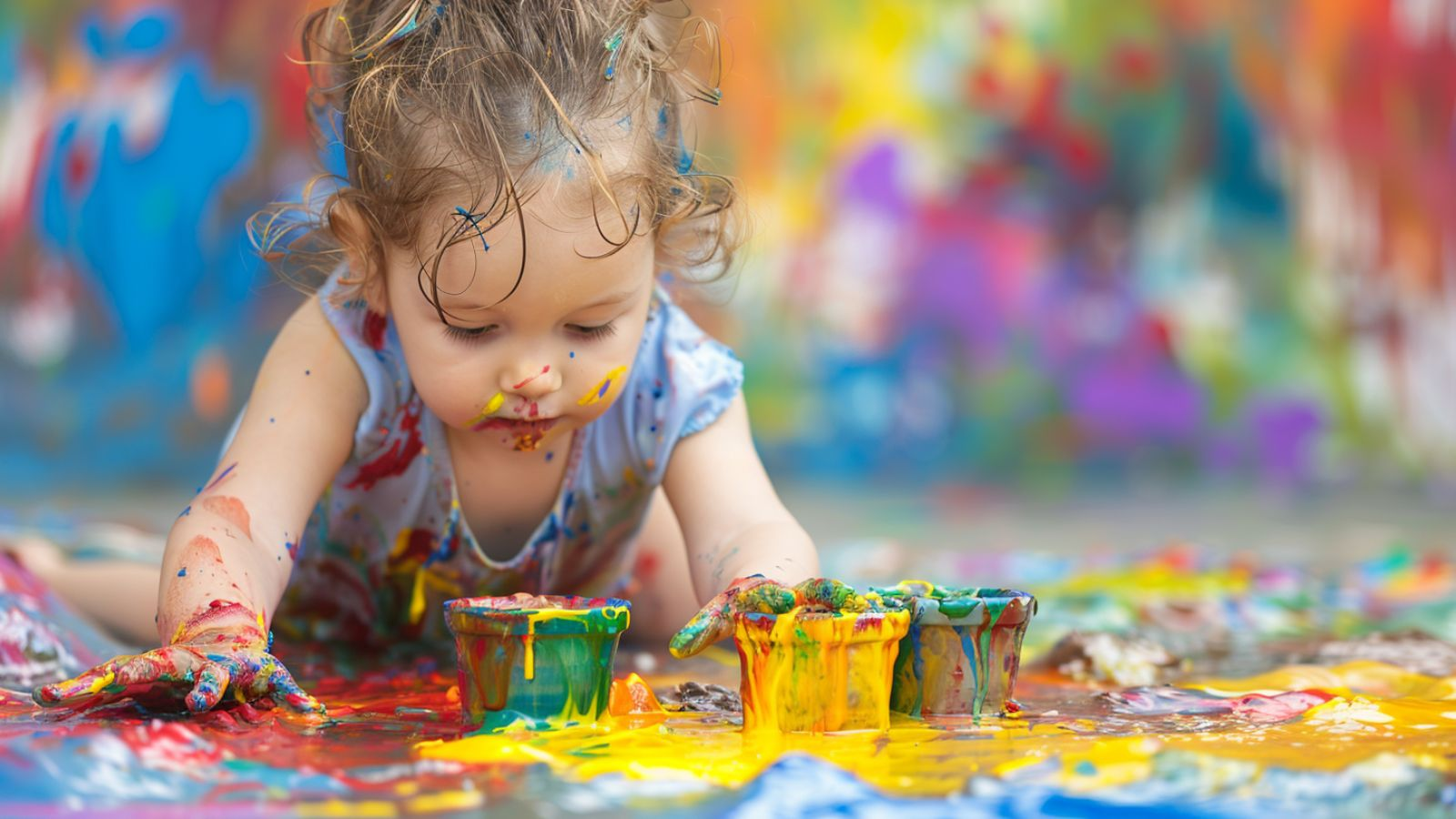
Addressing concerns about mess and chaos
One common concern about hands-on learning is the potential for mess and chaos in the classroom or home environment. While this concern is valid, it can be addressed through proper planning, organization, and management. Setting clear guidelines, establishing designated areas for messy activities, and involving children in the cleanup process can mitigate these concerns.
Balancing hands-on learning with traditional teaching methods
Hands-on learning should not be seen as a replacement for traditional teaching methods but rather as a complementary approach. By finding a balance between hands-on activities and more traditional methods like lectures, readings, and discussions, educators and schools can cater to different learning styles and ensure a well-rounded educational experience.
Ensuring safety and supervision during hands-on activities
Safety should always be a top priority when engaging in hands-on learning activities. Teachers and parents should ensure proper supervision, provide clear instructions, and enforce safety protocols. Additionally, age-appropriate activities should be carefully selected, and proper safety equipment (if necessary) should be provided.
Summary
Hands-on learning is a powerful approach that caters to different learning styles, promotes engagement, encourages learning, and fosters a deeper understanding of concepts. By actively involving children in the learning process through hands-on experiences, we can help them develop essential skills such as problem-solving, creativity, and critical thinking, preparing them for success in an ever-changing world.
As parents and educators, we are responsible for providing children with the best possible learning opportunities. Embracing hands-on learning and incorporating it into our teaching methods and home environments can significantly impact a child’s educational journey.
Let’s embrace the power of hands-on learning and create engaging, interactive experiences for our children. The possibilities are endless, whether conducting science experiments, creating art projects, or exploring the great outdoors. By fostering a love for learning through hands-on experiences, we can ignite our children’s lifelong passion for knowledge and discovery.
Frequently Asked Questions
Who benefits from hands-on learning?
- All learners, especially kinesthetic learners
- Children who learn best through physical experiences
Why are hands important in teaching?
- Allows children to interact with materials and concepts
- Promotes understanding through manipulation and creation
- Engages senses for deeper learning
Is hands-on learning an instructional strategy?
- Yes, it’s a student-centered approach
- Encourages exploration, experimentation, and application
- Actively involves students in the learning process
Why must a child be given many hands-on opportunities in their play?
- Children learn best through play and hands-on experiences
- Develops problem-solving, creativity, and motor skills
- Fosters curiosity, imagination, and love for learning
Is hands-on learning better than reading?
- Both are valuable instructional methods
- Hands-on activities reinforce concepts from reading
- Combination caters to different learning styles
- Enhances overall comprehension and retention

